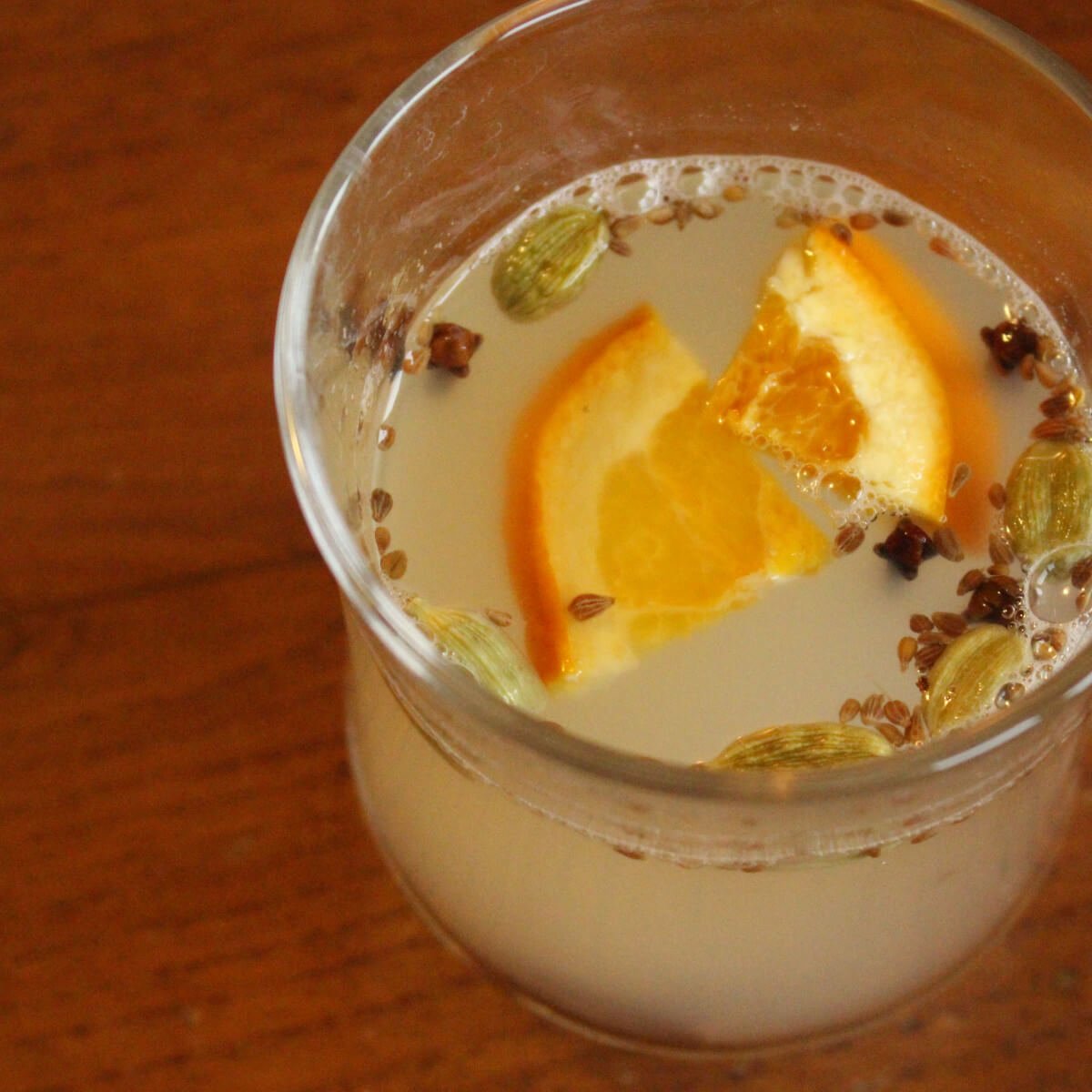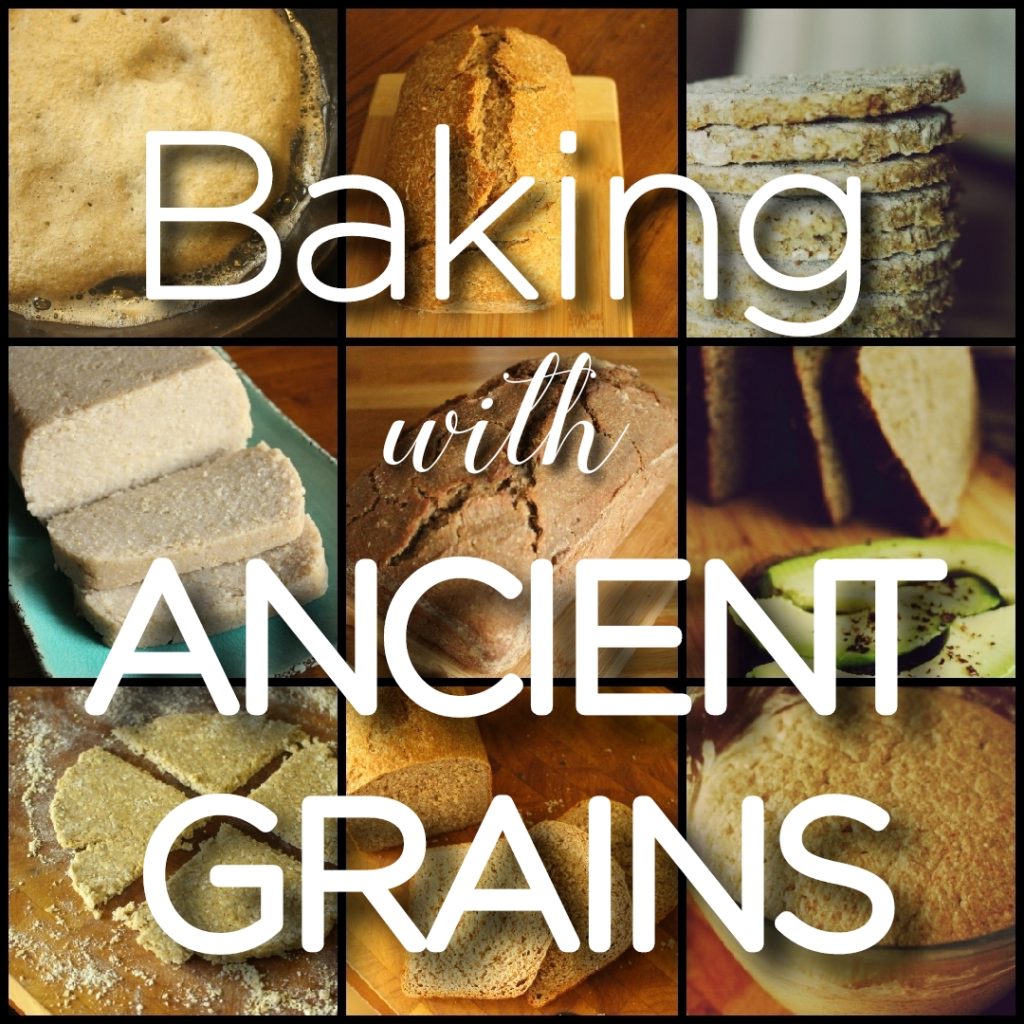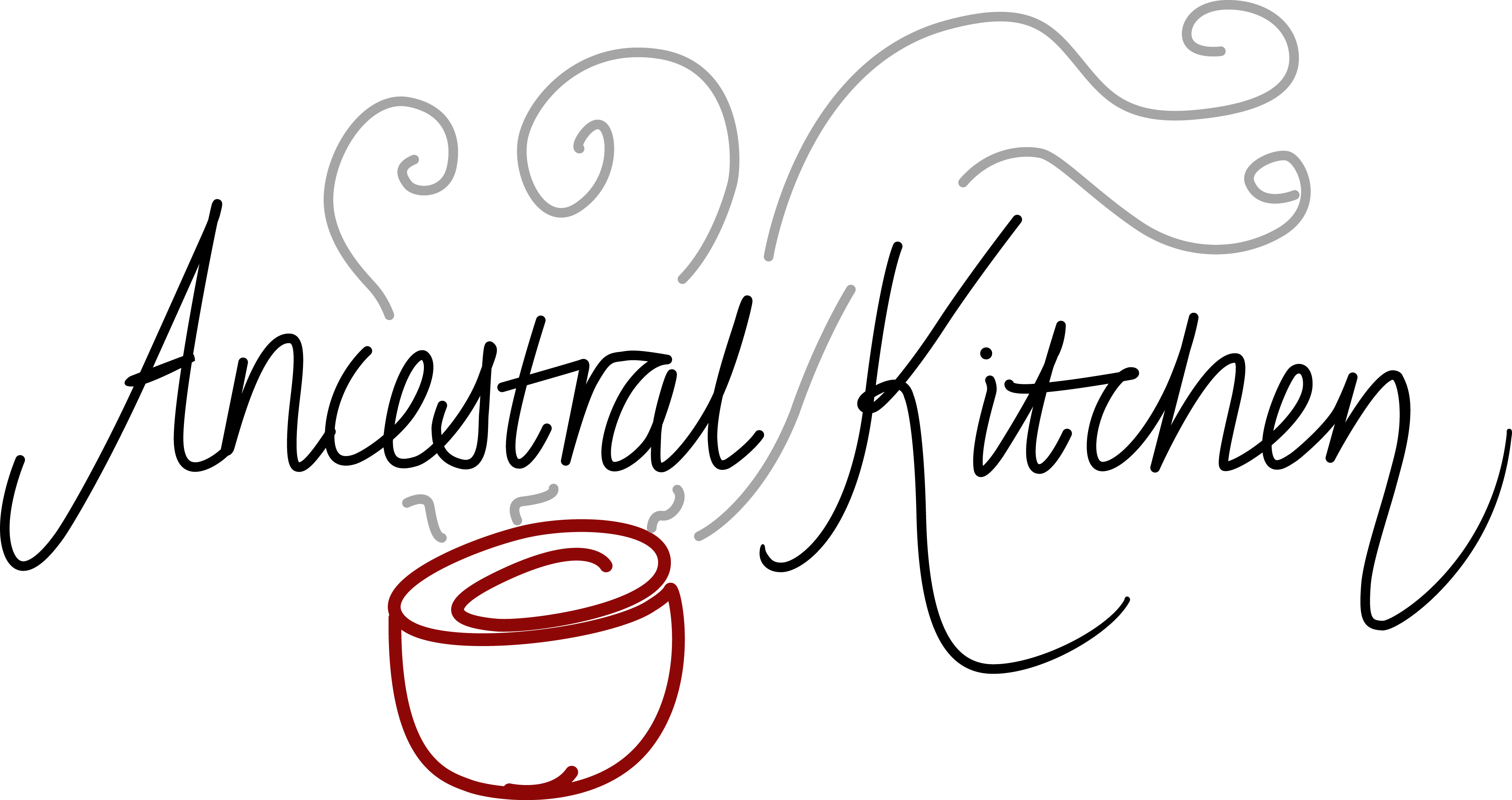For centuries the Scots made a beneficial bacteria-rich porridge (called Sowans) and drink (called Swats) from oat grain ‘waste’. In this article, I’m going to explain what sowans and swats are and how you can bring them to life in your own kitchen!

There’s nothing like a breakfast of warm oats on a cold winter day. It’s like a hug in a bowl, and one you know will keep you going until lunch.
But have you tried making your morning oats with fermented oats?
And how about making it zero-waste and adding a probiotic oat drink on the side?
Fermenting oats, zero-waste and probiotic – they all sound so modern you might think they were part of the latest sustainability or health drive. But you’d be wrong. The Scots have been fermenting their oats into two products – a creamy porridge called sowans and a probiotic drink called swats – for centuries!
How it started
The Romans brought the oat grain to Scotland and, seeing that it was perfect for the northern climate and Scottish soil, it soon took hold. Most households back then were subsistence farms who, along with growing their own produce and raising animals, also grew oats. After harvest, they’d send their prized oat grain to the local mill.

Once the oats were ground, they’d get two sacks back from the miller: one sack contained their ground oats and the other sack was full of ‘waste’ – all the bits that had come loose from the grain kernels during the milling process.
The contents of this second sack had a special name: sids. It would have been a dusty mixture of husks (the very outside part of the grain, which protects it), hulls (the bran of the grain) and tiny white crumbs from the body of the oat grain that’d got stuck to the hulls and escaped the mill-stone’s power. Here’s how it looked:

The Scots had traditional ways to use their ground oats; oat cakes being a great example. But they also had a traditional way of using the bag of left-over oat ‘waste’, and that was to ferment it!
Let’s start with how to lacto-ferment oats…
Fermenting rolled oats is quite simple. Put your oats in a bowl, add water and a bacteria-rich starter culture (yogurt, kefir, sourdough starter etc.), stir and wait. The bacteria will start to predigest the compounds in the grain, potentially harmful plant toxins will be neutralised and beautiful fermented flavours will start to develop. (If you want to learn how to do this, check out my video Healthy, Fermented Oats).
The Scots’ extreme oat fermentation!
The Scots took their oat fermentation a step further – wild fermenting the bag of ‘waste’ returned to them by the mill.
The white starchy ‘crumbs’ from the inside of the grain provided the food for the bacteria and yeasts naturally present on the broken pieces of hull/husk left behind after milling. No starter culture was needed, the only addition being water.
And what they got…
After up to two weeks of fermentation, the Scots strained the husk/hull pieces from the fermented mixture and were left with the two foods: Sowans, a creamy porridge and Swats, a tangy drink:

Both were health foods. The sowans because the fermentation process had not only neutralised plant toxins and pre-digested many of the starches, but it had also had the harder-to-digest bran fibre strained out. The swats because, drunk as is, it was full of probiotic bacteria.
And all this, from ‘waste’?!
How we can recreate this in our kitchen
Re-creating sowans and swats in our modern-day kitchens, where we are far more likely to buy in our oats than grow them in our backyard, requires some ingenuity, but is worth the effort.
I’ve been fermenting oat grain into sowans and swats regularly for many years in my home. I love the liquid swats gently heated with spices and my 11-year old son adores the smooth, ice-cream-like texture of the sowans as his morning porridge.
Most often, I use a roller mill to make the grain into porridge oats and ‘waste’ crumbs, but I’ve also often made sowans and swats by pulverising oat groats in my blender or with oat flour.
If you’re interested in taking your oat fermentation to the next level and stepping into the shoes of a Scot a few hundred years ago, check out my course, Sowans: The Scottish Oat Ferment. In it, I’ll guide you through how to make the ferment with whatever equipment you have in your kitchen.

Bring ancient grain baking into your kitchen!
Download my free 30-page guide with five healthy and tasty 100% ancient grains recipes.


